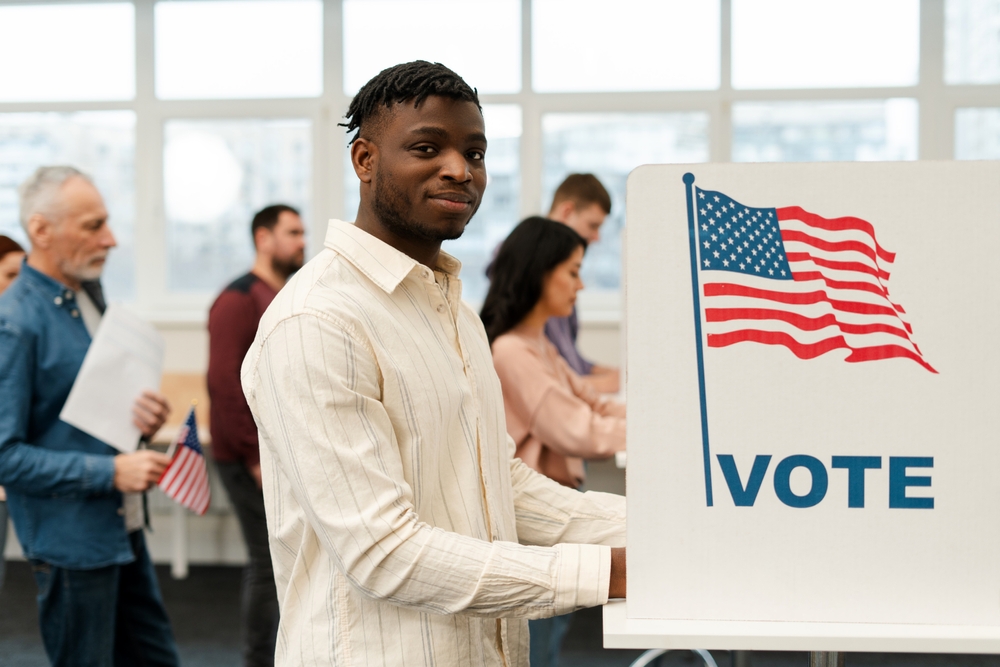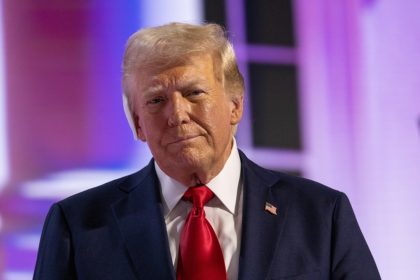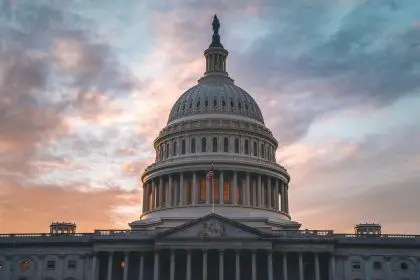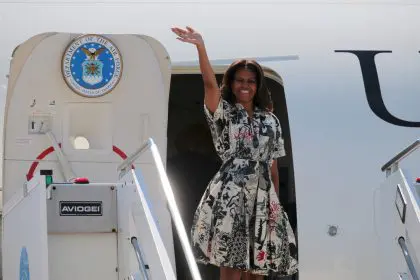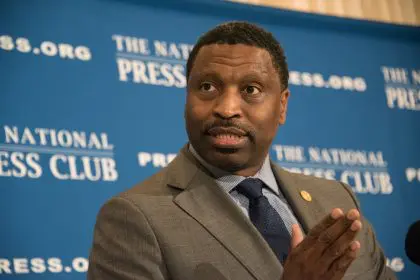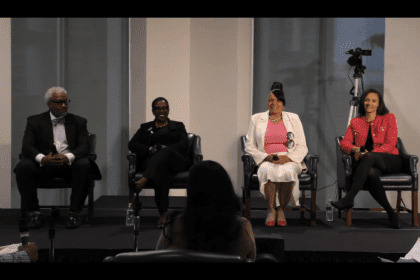Every presidential election cycle, Americans cast their votes for candidates who align with their values and priorities. However, the outcome is ultimately determined by the 237-year-old Electoral College, a system that has sparked debate about its relevance and fairness in modern democracy.
How does the Electoral College work?
The Electoral College was established by the Founding Fathers and incorporated into the U.S. Constitution in 1787. It was designed as a compromise between electing the president by a vote in Congress and by popular vote. Instead of directly voting for presidential candidates, Americans vote for electors pledged to those candidates. Each state, along with Washington, D.C., has a number of electors equal to its total number of U.S. Senators and Representatives, totaling 538 electoral votes.
To win the presidency, a candidate must secure at least 270 electoral votes. Most states use a “winner-take-all” system, where the candidate receiving the majority of votes in that state gets all of its electoral votes. However, Maine and Nebraska utilize a proportional allocation method, distributing their electoral votes based on congressional district outcomes.
For instance, California has the highest number of electoral votes at 54, followed by Texas with 40. The electors convene in their respective states mid-December to cast their votes for president and vice president, a process that is set to occur on Dec. 17 this year.
Which states have the most electoral votes?
California: 54 votes
Texas: 40 votes
Florida: 30 votes
New York: 28 votes
Pennsylvania: 19 votes
Illinois: 19 votes
Ohio: 17 votes
Georgia: 16 votes
North Carolina: 16 votes
Why is the Electoral College still in use?
The Electoral College remains in place primarily to balance power among states during presidential elections. Critics argue that it is an undemocratic system that disproportionately favors smaller states and undermines the principle of one person, one vote. Constitutional law experts, like Alison LaCroix, highlight that the system creates an unnecessary intermediary between voters and the election outcome.
The framers of the Constitution were concerned that a direct popular vote could lead to a president being elected with only a small plurality of votes, particularly from populous states. They believed that an Electoral College would prevent Congress from having undue influence over the presidency, thus maintaining a separation of powers.
What are Americans’ views on the Electoral College?
Recent surveys indicate a significant shift in public sentiment regarding the Electoral College. A September report from the Pew Research Center revealed that over 63% of Americans favor a different system for electing the president. Among liberal Democrats, 87% support a transition to a popular vote system, while 74% of conservative and moderate Democrats share this view. Interestingly, 63% of conservative Republicans prefer to maintain the Electoral College.
This growing demand for reform suggests that many Americans are seeking a more direct and equitable method of electing their leaders. As discussions around electoral reform gain traction, it remains to be seen whether lawmakers will respond to the public’s desire for change.
The Electoral College has played a pivotal role in U.S. presidential elections for over two centuries. While it was designed to balance state power and prevent congressional overreach, its relevance in today’s political landscape is increasingly questioned. As public opinion shifts towards a preference for direct democracy, the future of the Electoral College may be at a crossroads, prompting a necessary conversation about the democratic principles that govern our nation.

